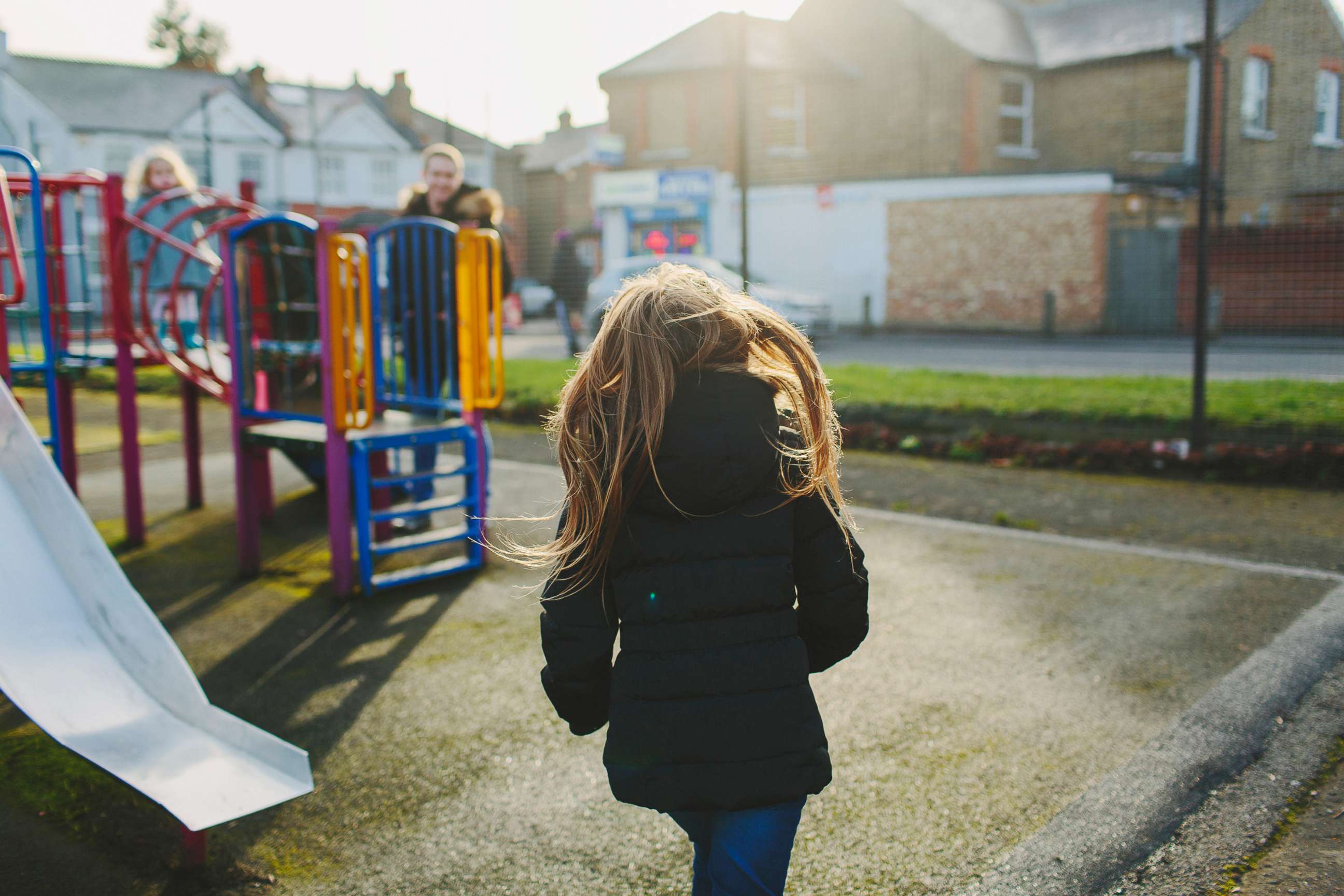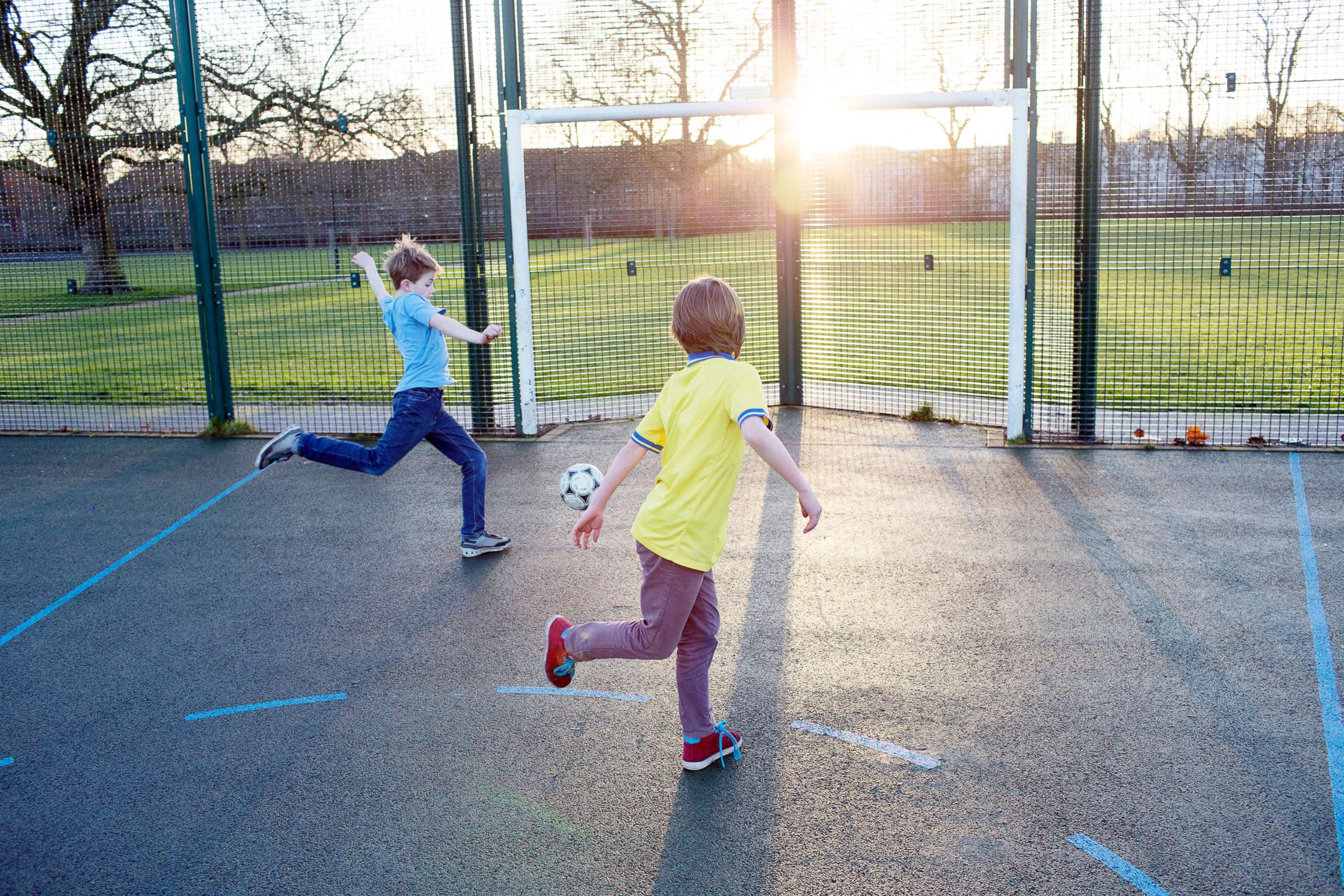New guidelines on kids, concussions, and what to do
It’s a common fear for parents whose children may get hurt while playing sports.
It’s a common fear for parents whose children may get hurt while playing sports. What should they do when their child takes a hit to the head, on the field or even on the playground?
Luckily, there are new guidelines by a workgroup from the Centers for Disease Control and Prevention (CDC) that will help providers and parents navigate concussions in children.
What are the new guidelines?

The new recommendations from clinicians, researchers, and public health experts, published in the JAMA Pediatrics journal, establish a standard-of-care in diagnosis and management of mild traumatic brain injury (mTBI) in children.
“Pediatric mTBI is now recognized as a major public health problem, bringing nearly 1 million children to U.S. emergency departments annually,” according to Michael McCrea, Ph.D., lead author the JAMA Pediatrics editorial.
The guidelines, in 19 key areas, spell out when to order imaging like a CT scan, when to refer to a specialist, and guidance for parents and children in the recovery process.

“Unfortunately, most research on mTBI has focused on adults," McCrea said. "We cannot simply retrofit data from adult studies to children.”
The recommendations in the guidelines are for doctors, but the authors also give advice to parents, as the back-to-school period can be a critical time when children are preparing for play in contact sports.
A routine physical is often required for those sports. The study says it’s a prime opportunity for parents to talk to doctors about signs and symptoms of a concussion. Doctors (using these new guidelines) should carefully explain the risks and provide details on what to do if an injury occurs.
Here are some of their recommendations
Parents should look for red flag symptoms -- a severe headache, vomiting, loss of consciousness or memory within 48 hours of the injury. Those are signals to head to the emergency room (ER) as early as possible.
Parents should expect ER doctors to take a full history of the incident, and perform a neurological examination. But the new guidelines say brain imaging (CT scans) is not recommended in every scenario. When the ER visit is over, parents should be told what to expect during their child’s recovery, when to resume play, and what symptoms warrant a re-evaluation by a physician.

The severity of symptoms can differ from child to child, according to the guidelines, and may affect recovery. Although 70-80 percent of kids with concussions stop having symptoms in one to three months, some children experience stronger symptoms (teens, children from low socioeconomic backgrounds, Hispanic children, and girls). They should be monitored more closely. Persistent symptoms should be taken seriously by parents and clinicians; that may indicate the need for a specialist.
“The new CDC Guideline for Pediatric Mild TBI is a solid step toward achieving this comprehensive, personalized approach to state-of-the-art care for mTBI in youth,” McCrea said.
With these recommendations, parents and doctors alike can be more prepared to be on the lookout for concussion symptoms in kids.
Dr. Italo M. Brown is an emergency medicine physician and part of the ABC News Medical Unit.




